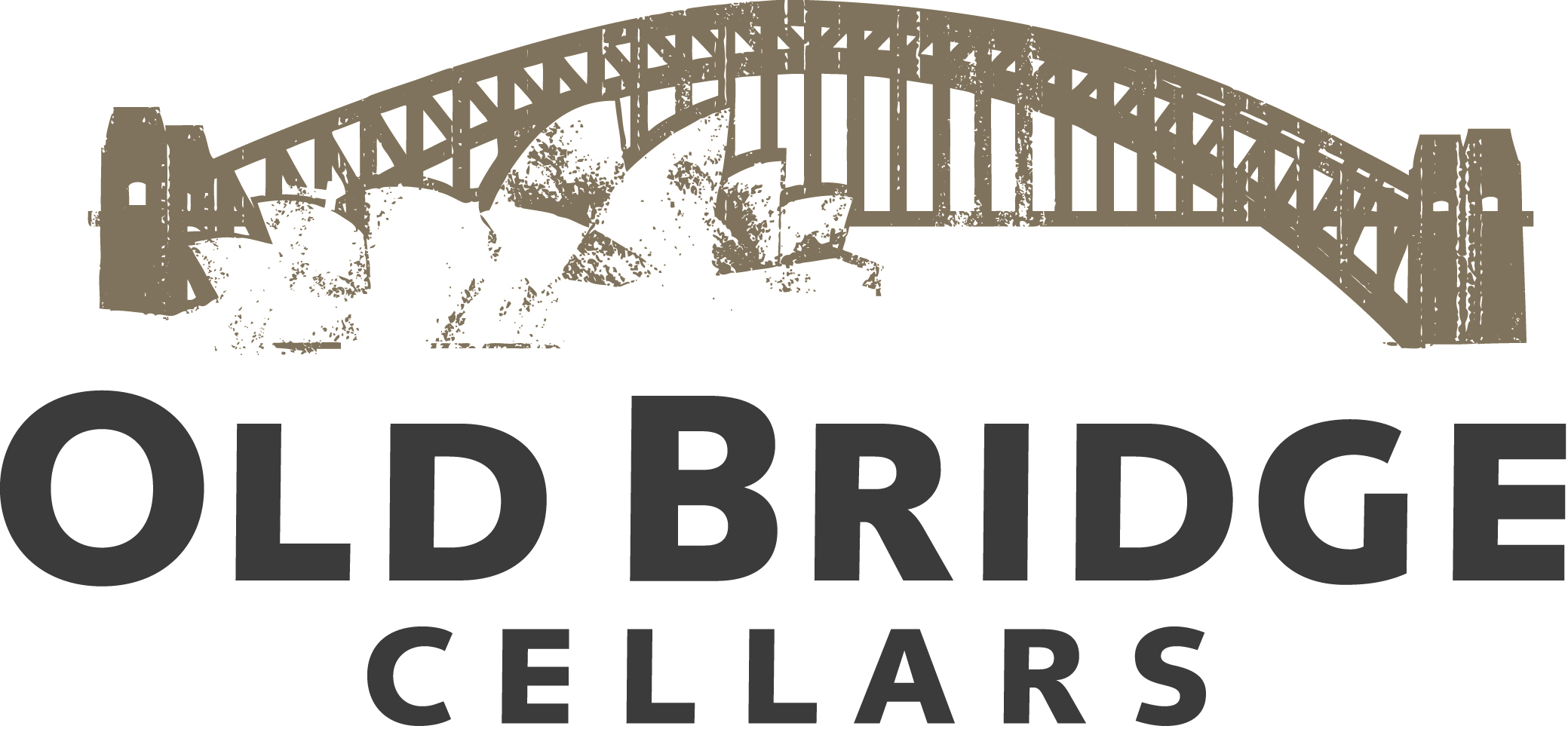Last week three of us got together and tasted through 24 wines focused on the theme of dry Australian Riesling. The goal of the tasting was to gather wines from all over the country, focusing centrally on dry examples. Bottles were selected based primarily on professional recommendation from wine educators specializing in the United States on Australian wine, and were provided by importers. Some wines were also selected based on prior tasting experience.
The quality through the tasting as a whole was impressive, with a high proportion of good wines. It was truly a pleasure. The top, stand out wines, Pikes 2011 “The Merle” and Pewsley Vale 2007 Museum Reserve, were excellent. Other stand out wines in the tasting are marked with an * asterisk. All wines are dry unless mentioned otherwise in the tasting notes below.
In designing these tastings, I prefer to have a particular theme that serves as the center line, while also including a few appropriate outliers as a way of bringing breadth to the tasting and offering perspective. In this case, we chose to include a few examples with a touch of sweetness, and one Riesling from New Zealand.
Wines were put in flights by region, and then arranged by alcohol level. The wines were initially tasted in succession over the course of several hours, then revisited in various arrangements over the two days following. Below are notes on Australian Riesling in general, and then on the particular wines by region.
Australian Riesling
Australian Riesling carries a unique style with a central focus of clean fruit flavors.
While German Riesling is commonly known for celebrating a petrol note, the characteristic is not necessary to the grape and arises primarily out of experience in the vineyard, such as high sun exposure of the grapes themselves, or water stress of the vines. Some skin contact en route to the winery also encourages the phenomenon. Historically, the distance between vineyard and winery led to 12-48 hours from harvest to winery. Older pressing techniques served more to break up the fruit, rather than squeeze its juice out, leading to a more pulpy process than newer technologies. Historical necessity in some regions, then, encouraged a particular style to be recognized as the norm.
Australia’s Riesling culture, though, finding its roots in the 1800s, remains significantly younger than its old world counterpart. With the distance between them, Australia’s winemaking and viticulture were able to develop without direct influence of style.
One of the effects includes a distinctive approach to harnessing the riches of the grape. Riesling culture in Australia, then, purposefully avoids inclusion of petrol notes, instead seeking a pure fruit expression. Less commonly, however, there are also individual producers that instead wish to utilize old world influence and instill petrol development in his or her wine.
WESTERN AUSTRALIA
Western Australia celebrates the advantages of a genuinely cool climate, and marine proximity for generating high acid whites. One of the effects on the fruit is longer hang time for a slow and steady development of flavor. The region is recognized for offering a touch more spice, with a focus on citrus fruit, floral notes, and a lot of mineral expression.
Leeuwin Estate Art Series Riesling 2012, Margaret River, 12%
With distinctive, sweaty fruit and flower aromatics the Leeuwin Estate showcases perfume. The plush floral aromatics roll into a perfumed palate of lemon and lime blossoms. This is a textural wine with good focus, while less crisp than the other Western Australian examples. The acidity here is juicy, continuing into a long finish perfumed all the way through.
* Plantagenet Riesling 2010, Mount Barker, 12.5%
Plantagenet gives a creamier palate of lime and peach blossom by the ocean, giving textural aspects of fleshy fruit with saline crunch. There are layers of complexity here giving hints of dried fruit, on a moderately acidic presentation, with a nice balance of texture and zip.
CLARE VALLEY
Clare Valley hosts a high concentration of quality Rieslings, known as one of the smallest overall production zones of the country, but one of the highest production areas of quality wine. The area is known to generate intensely flavored wines with great longevity. The region is also quite varied, however, and as a result creates varied presentations as well. The wines of Polish Hill, for example, are recognized as more austere and subtle in their presentation, while those of Watervale offer great concentration and tension.
Kilakanoon, Mort’s Block Riesling 2011, 12.5%
The Kilakanoon Mort’s Block offers a clean, well made wine that, while a bit non-descript, offers nice fruit, and just a hint of toast. What the wine lacks in sophistication it makes up for in reliability and value. This is worth drinking.
Kilakanoon, Mort’s Reserve Riesling 2012, 12.5%
Kilakanoon’s Mort’s Reserve keeps it’s clean focus with a subtle expression. White flowers hint at narcissus and almond blossom carried through with lime and white grapefruit. The wine is clean, well made, and focused on delicacy.
NEW ZEALAND
New Zealand Riesling differs from its Southern Hemisphere cousins by featuring the petrol notes absent in Australia. The common style incorporates floral notes with a mix of spiced citrus, stone fruit, and petrol accents. While dry Riesling is common throughout Australia, most examples in New Zealand incorporate the acid-sweetness balance of an off dry approach.
Greywacke, Marlborough, New Zealand, 2011, 12%
A refreshing contrast to the previous wines, the Greywacke carries distinctive aromatics of light smoke, apple blossom, and juicy peach with a touch of candied sour apple and chalk. The palate performs in an off dry (slightly sweet) style that balances juicy acidity with touches of white pepper and a medium-long finish.
